SpaceX Launch Photos: Pre-Flown Falcon 9 Nails Iridium-6, GRACE-FO Mission

SpaceX delivered seven satellites into orbit Tuesday — two for NASA and five for the Iridium NEXT constellation, nailing its 10th launch of the year.
The launch, from Vandenberg Air Force Base's Space Launch Complex 4E in California, went smoothly and the rocket, with a previously used first stage, deployed all the satellites within an hour from lift-off. In the first 11 minutes, the second stage of the vehicle deployed NASA’s two GRACE-FO satellites. Then, it ignited its engines to head further up into a higher altitude orbit and deploy the five Iridium NEXT communications satellites.
Last time, the first stage of this rocket was used for the U.S. Air Force’s classified Zuma mission. That particular mission made major headlines as the classified satellite was lost in space, however, SpaceX was cleared of any blame in the mishap and the booster was recovered and prepared for its next flight.
It did the job perfectly in the latest flight but as this is a Block 4 variant and SpaceX is already making the shift towards the upgraded Block 5 of the Falcon 9, the company did not attempt to land it back after the latest flight. That said, it did try to recover the precious payload fairing or the nose cone of the vehicle using thrusters and parachutes. The fairing was expected to glide towards Mr. Steven, the boat assigned to catch the part, but, unfortunately, it missed again.
"We came very close. We're going to keep working on that," John Insprucker, a principal integration engineer at SpaceX, said during a live webcast of today's mission, Space.com reported.
Payloads
The first payload, the GRACE-FO or Gravity Recovery and Climate Experiment — Follow-On mission, is aimed at continuing the work of the two GRACE satellites that retired last year and at monitoring how water moves around our planet, while providing critical insight on melting ice sheets, sea level rise, and droughts in different parts of the world.
"GRACE-FO will provide unique insights into how our complex planet operates," Thomas Zurbuchen, associate administrator of NASA’s Science Mission Directorate, said in a statement. "Just as important, because the mission monitors many key aspects of the Earth’s water cycle, GRACE-FO data will be used throughout the world to improve people’s lives — from better predictions of drought impacts to higher-quality information on use and management of water from underground aquifers."
The second part of the mission is aimed at completing the constellation that would replace the world’s largest commercial satellite network. SpaceX has a contract to deploy as many as 75 Iridium Next communications satellites on eight flights and has already completed six (including the latest one) with 55 satellites in place.
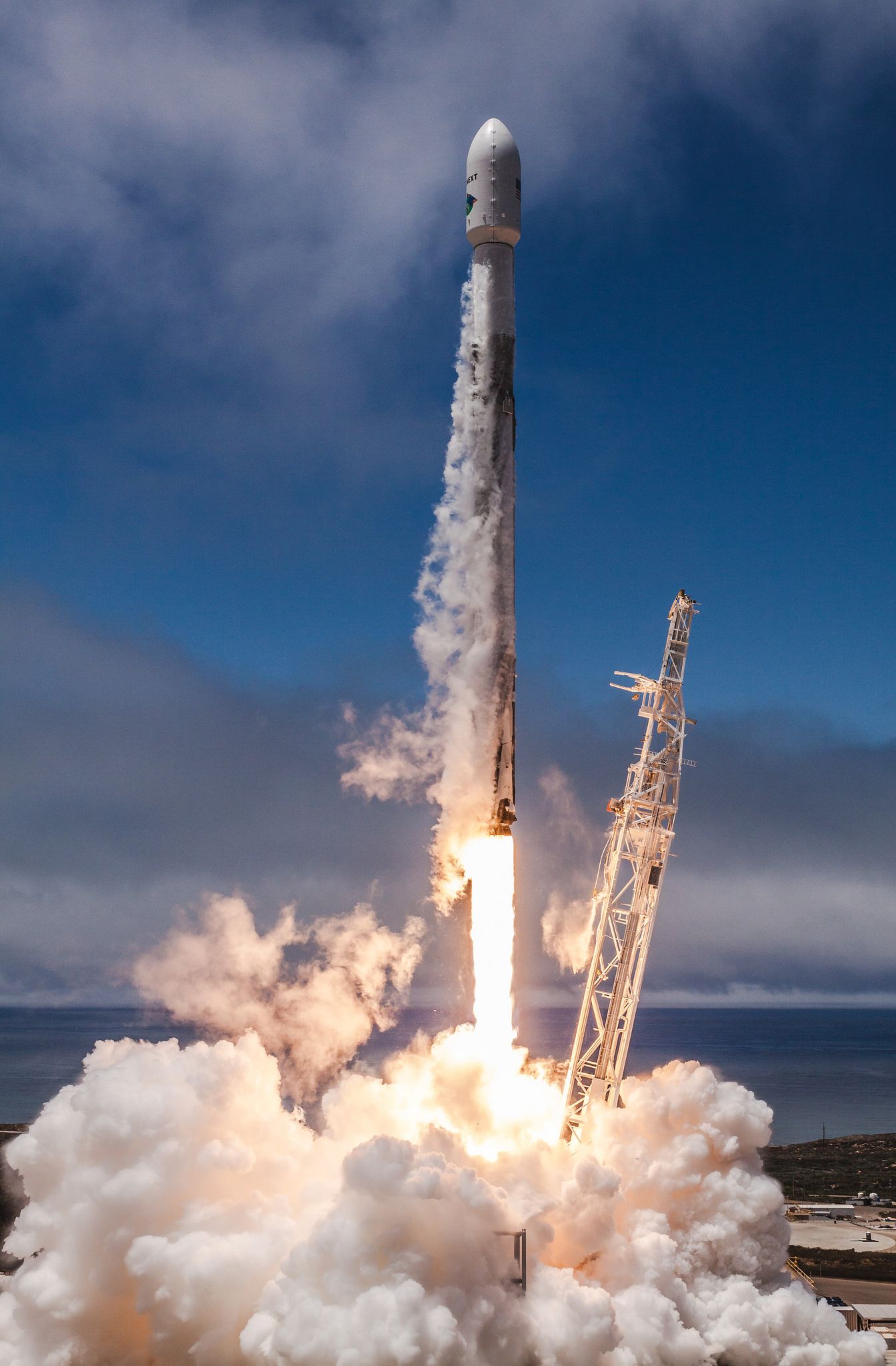
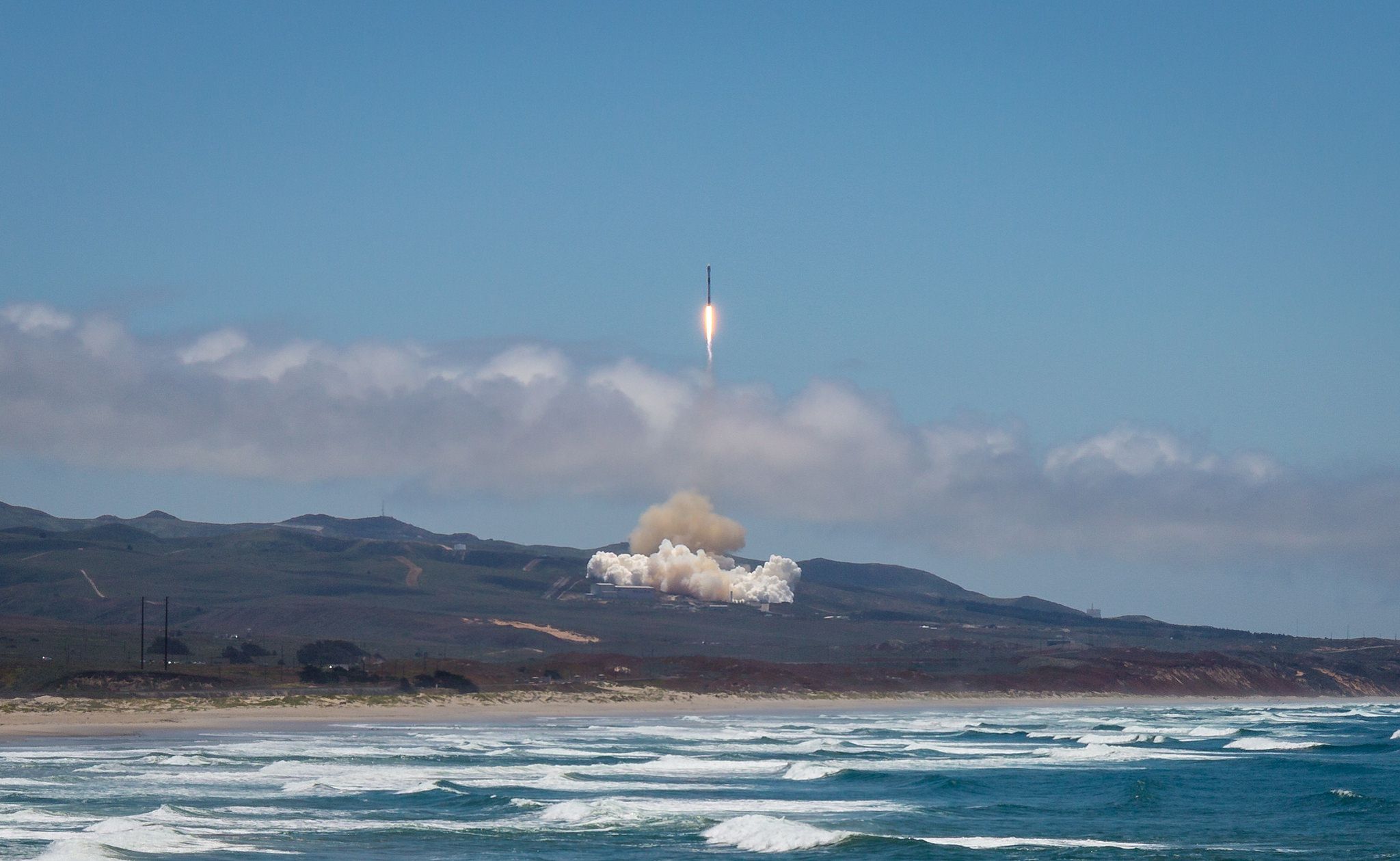
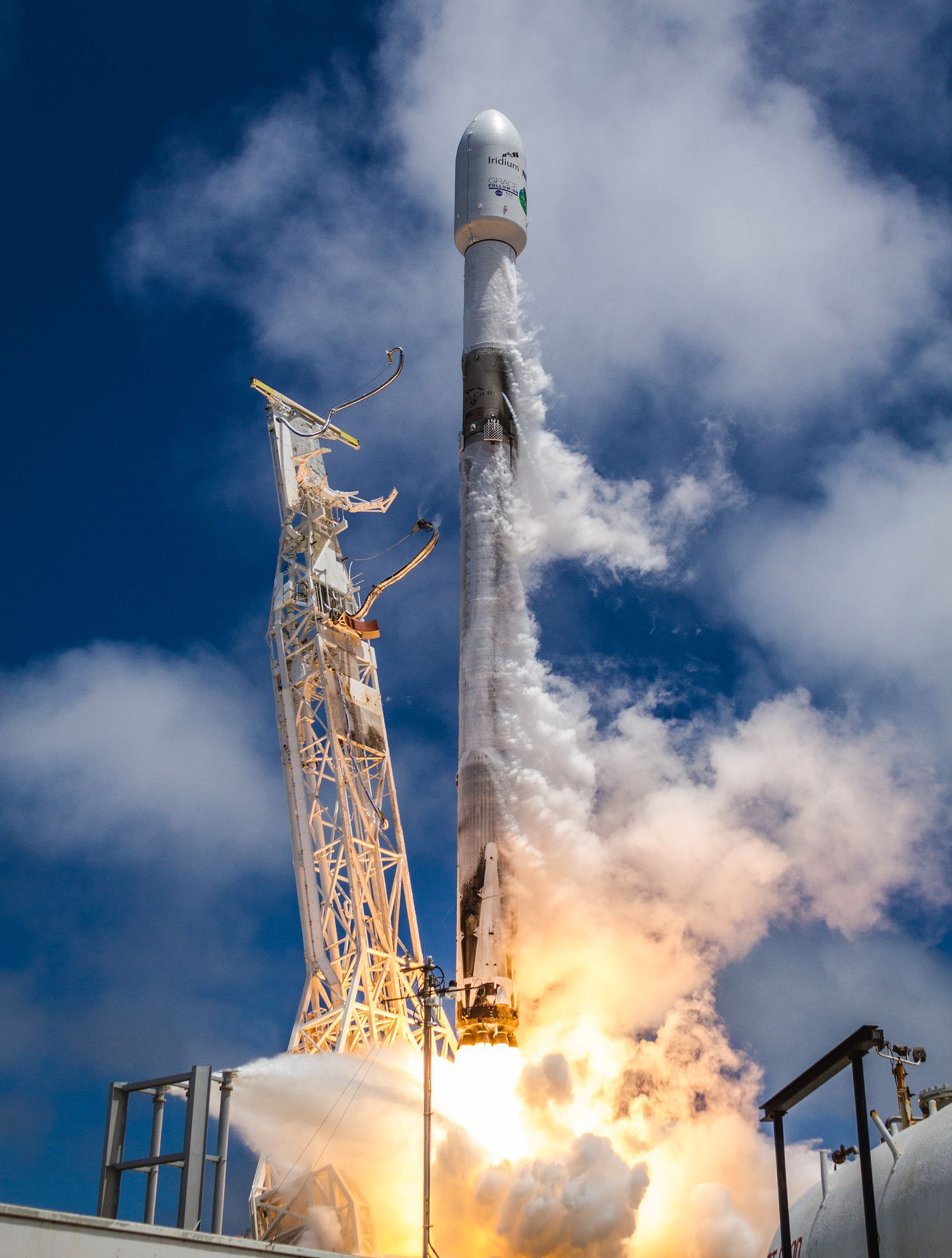

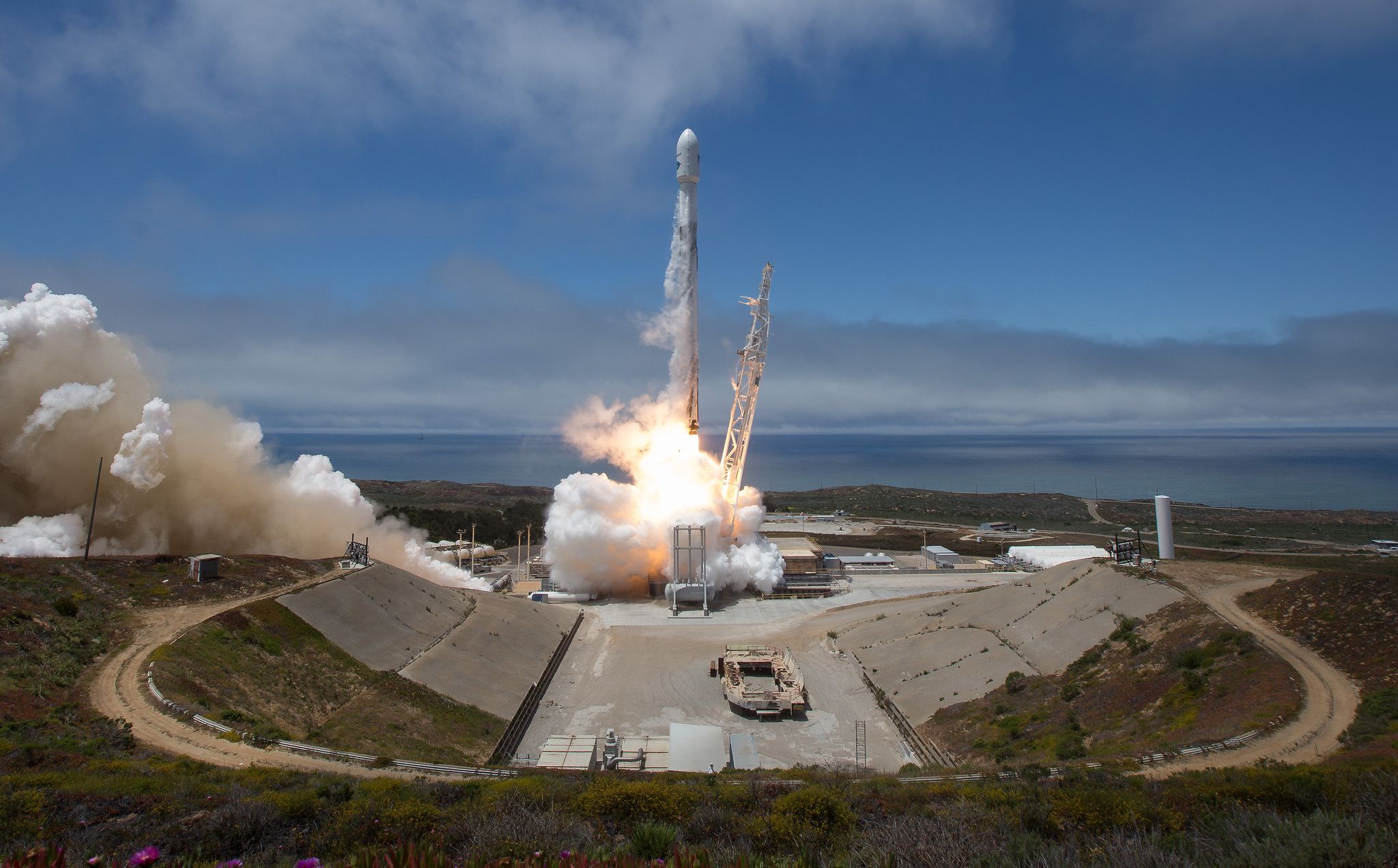
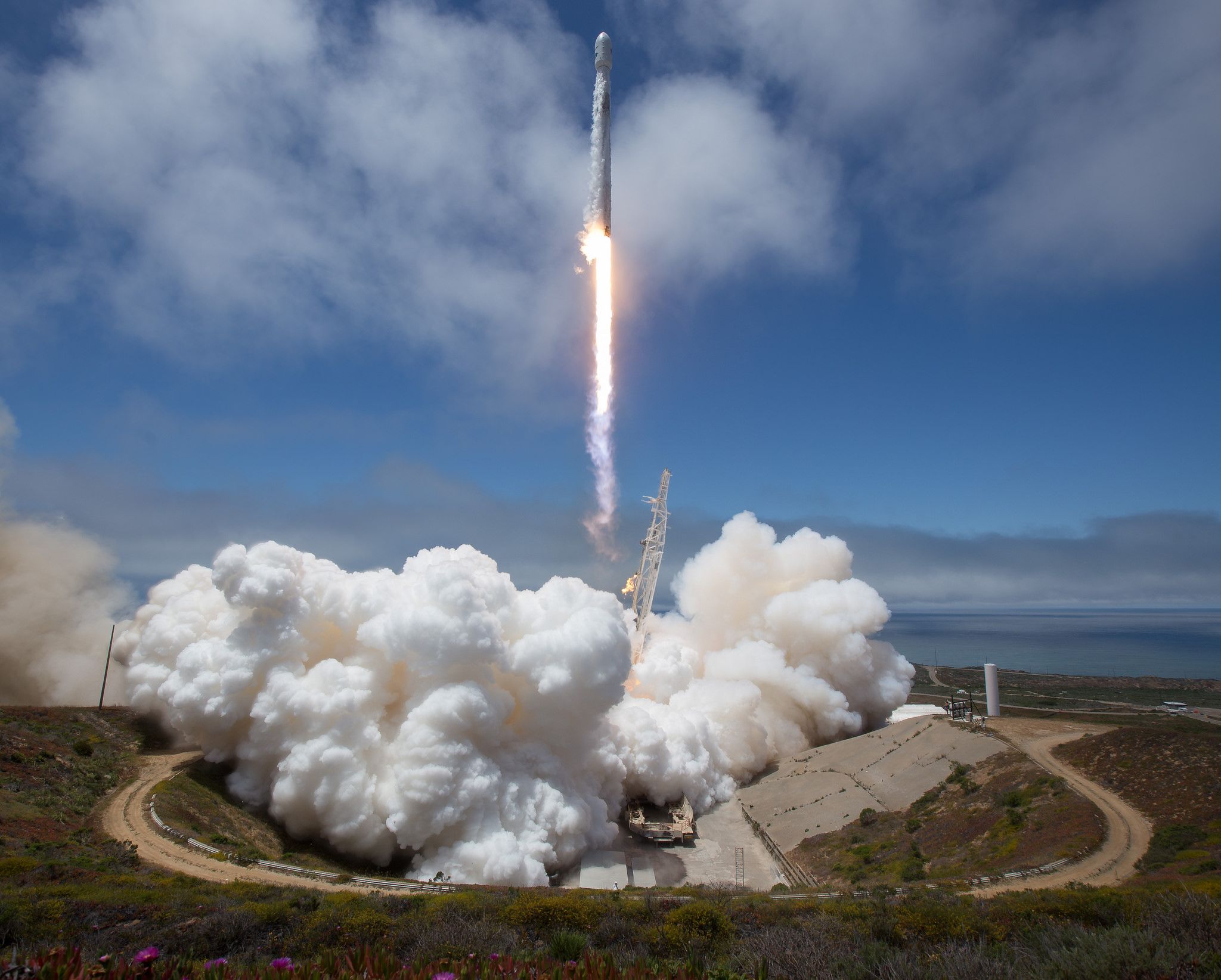
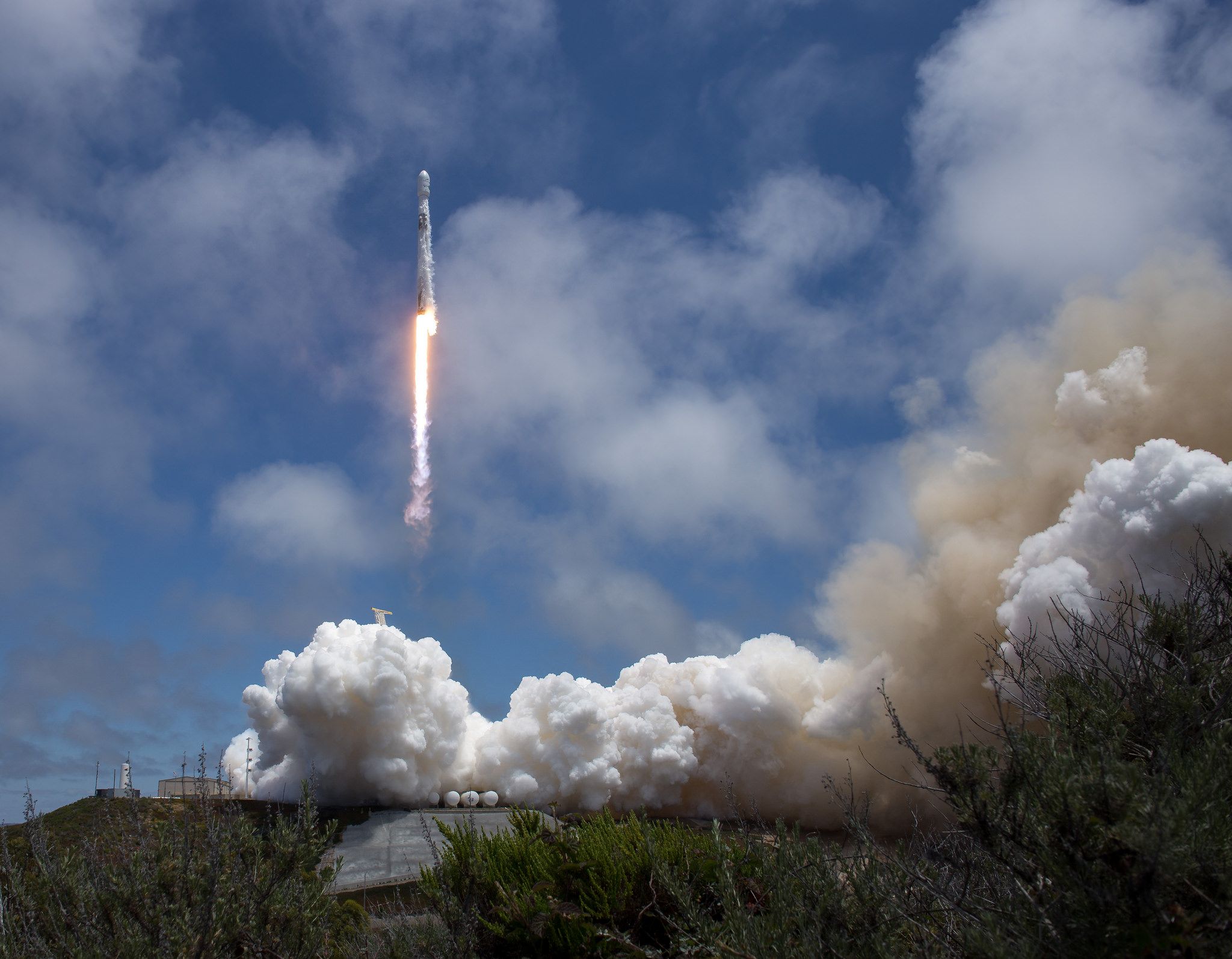
© Copyright IBTimes 2024. All rights reserved.





















